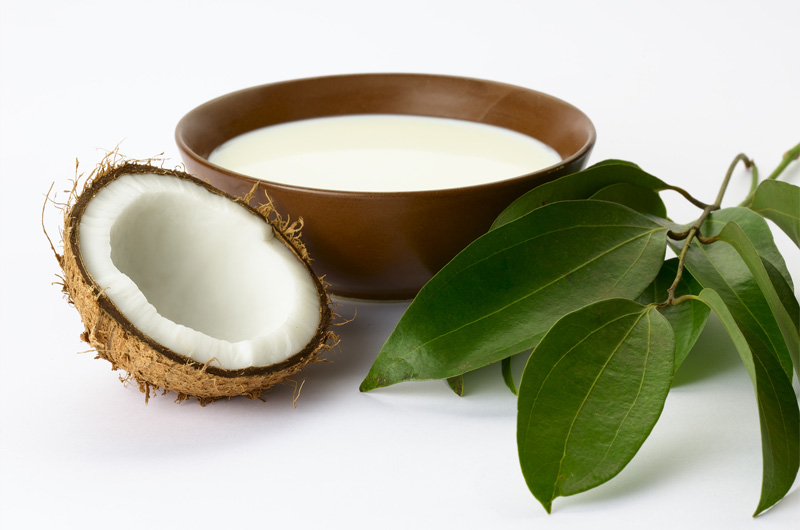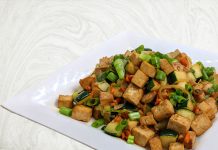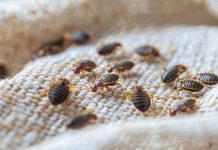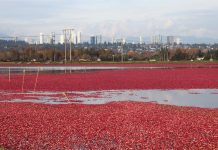By Keri Vermeulen
Why Kerala should be on your bucket list. What’s drawing even the most discerning traveller to this southern Indian state?
The state of Kerala is a narrow strip of land overlooking the southern tip of the Indian subcontinent. Branded as “God’s Own Country”, it’s blessed with stunning tropical beauty, a rich colonial and religious history. Adding to its charms are the warm, generous people with a heart for hosting travellers.
My husband and I travelled to Kerala at the beginning of the high tourist season (October to March). Our journey was extremely interesting, enthralled by scenic vistas, and brightly flavoured with the wonderful and unique local cuisine.
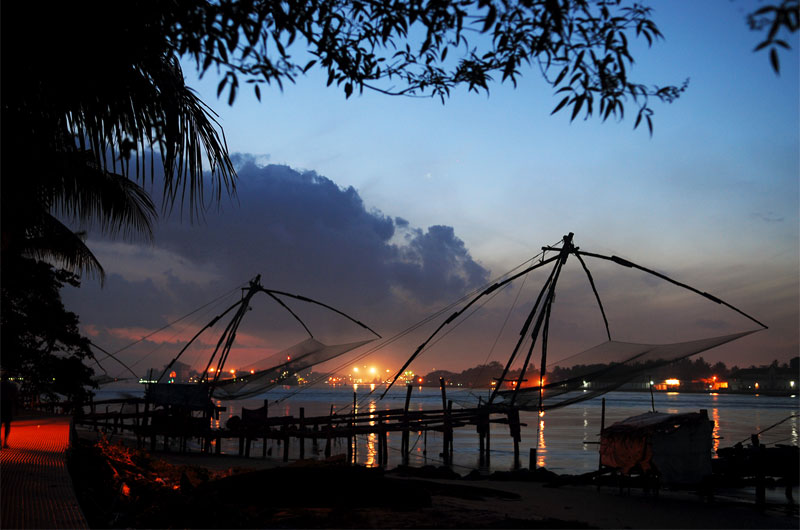
Picturesque Landscape and Fragrant Spices
Kerala’s landscape is eye candy with its shorelines boasting coconut trees as far as the eye can see. Rich green patchwork of tea plantations graced its Western Ghat mountain ranges, interspersed with aromatic spice and coffee farms.
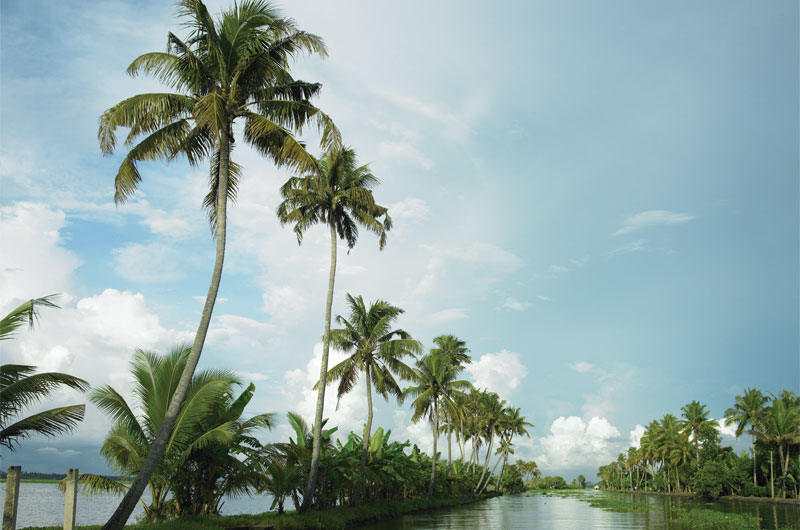
In the countryside, farmers harvesting in the rice fields greet visitors with warmth and hospitality. If you’re looking for a serene, captivating place that also delights the taste buds, along with other senses, look no further than Kerala.
The state has two monsoon seasons, one in June and one in October. The downpours are more than just breathtaking in their roar of warm rain from above – they are vital to the abundance of the land.
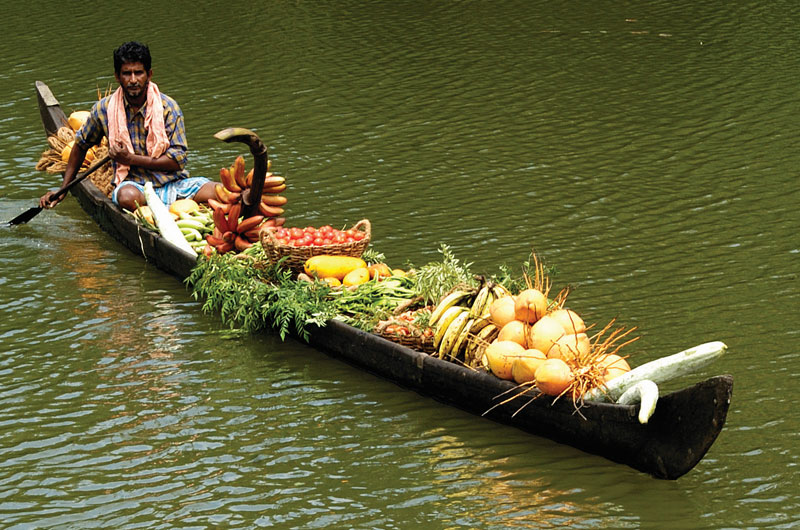
The wet seasons provide moisture and optimum growing conditions for tropical fruits including papaya, mango, banana as well as vegetables such as, tuberous roots (cassava, yam), gourds, beans, legumes, okra and drumstick. Drumstick originates from the moringa oleifera tree. The young seed pods and nutritious leaves are used as vegetables in Indian cooking.
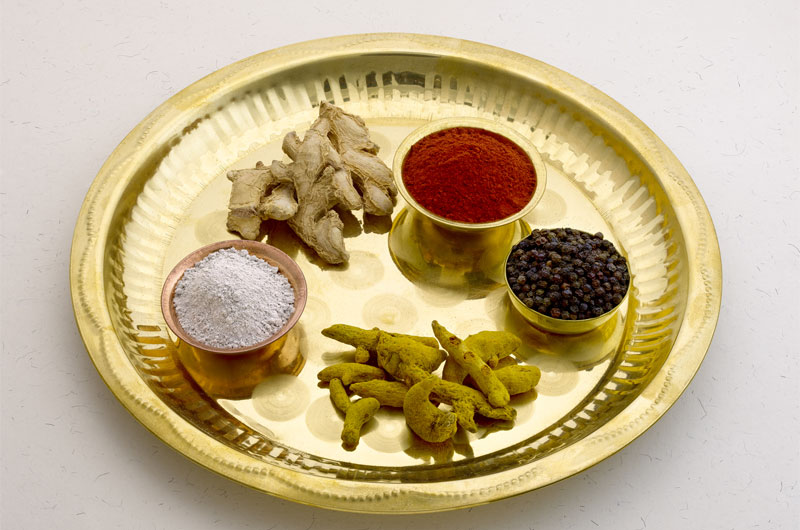
Its copious spice farms flourish with Kerala’s most sought after flavours: cardamom, pepper, cloves, nutmeg, star anise, ginger, turmeric, cinnamon, vanilla and tamarind. Many of these spices are valued in Ayurvedic practice. As in the past, this Malabar Coast state continues to be recognized as the world’s spice capital.
Kerala Staples
Two things that will appear in almost every meal in Kerala are coconut (whether the oil, meat or milk – or all three) and rice. Traditional Kerala red rice, called Matta rice, is a lightly yellowish brown grain with reddish outer layers.
